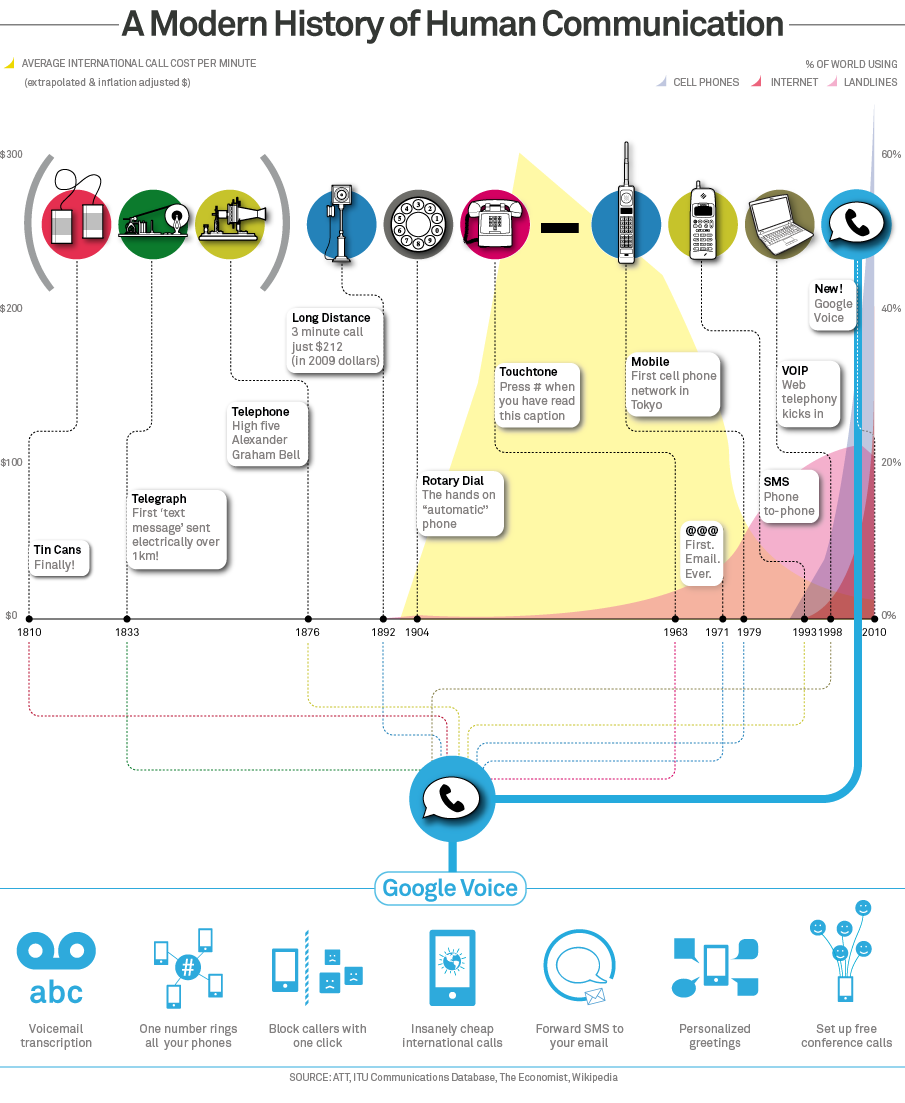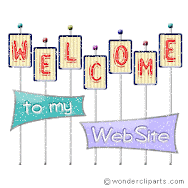What is communication
According to the dictionary, communication is defined as “…a process by which information is exchanged between individuals through a common system of symbols, signs, or behavior…” But... for the subject of telecommunication & networking, communication
is simply the imparting, conveying or exchange of thoughts, messages, ideas,
knowledge or information by sign and sound like speech, signals, writing, or
behavior. Although this is a simple definition, when we think about how we may communicate the subject becomes a lot more complex. There are various categories of communication and more than one may occur at any time. For examples:
1)verbal Communication: face-to-face, telephone, radio or television or other media.
2)non-Verbal Communication: body language, gestures, how we dress or act - even our scent.
2)non-Verbal Communication: body language, gestures, how we dress or act - even our scent.
What is telecommunication
Telecommunication
refers to communication over long distances, covers all forms of distance and
conversion of the original communication, including radio, telegraphy,
television, telephony, data communication and computer networking. It also can
be define as process of transmitting or receiving information over a distance
by any electrical or electromagnetic medium. The information may take the form
of voice, video, or data.
Communications Technology Timeline:
Elements of a Computer and Communication System
Hardware
Hardware is the most obvious part of a computer-based information system. Hardware refers to the computers themselves, along with any and all peripherals, including servers, routers, monitors, printers and storage devices.
Software
Without software, the hardware wouldn't be very useful. Software is what tells the hardware how to function. It gathers, organizes and manipulates data and carries out instructions. Everything you do using a computer is done by the software.
Data
Data, or information is the information part of an information system, and whether that is statistical data, sets of instructions, lists of names or even graphics and animations
Procedures
It is commonly said that "procedures are to people what software is to hardware." Procedures are the rules, descriptions and instructions for how things are done. In computer-based information systems, procedures are frequently covered in instruction or user manuals that describe how to use the hardware, software and data.
People
People are the most often overlooked and most important part of a computer-based information system. It is people who design and operate the software, input the data, build the hardware and keep it running.
Communication
The components that allow one computer to communicate with another are hardware and are controlled by software. If communication between people is included in this element, though, it is an important element.
you can also refer this website:
http://ocw.utm.my/file.php/20/Introduction.pdf






